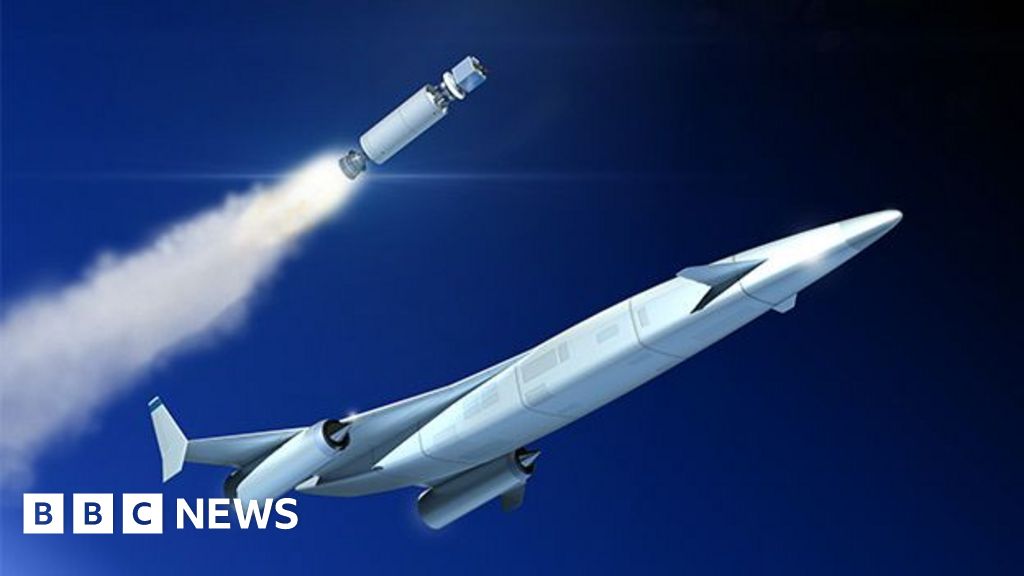In October 1973 a coalition of Arab states attacked Israel. The region’s biggest oil producers responded with an embargo against the US that quadrupled crude prices and reshaped energy markets forever.
Fifty years later, Israel is at war again following an unprecedented attack by Hamas, but the impact on the oil market has been muted.
Prices for Brent crude, the global benchmark, jumped 4 per cent on Monday, its first full day of trading after the conflict broke out, before falling back slightly to $87.56 on Tuesday. They remain far below the $97 a barrel reached in late September.
“I look at it and say: the market’s nervous, but it’s not terrified,” said Dan Pickering, head of Houston-based consultancy Pickering Energy Partners. “Right now it’s being viewed as a manageable crisis, not a 1970s-type crisis.”
Israel does not produce significant volumes of oil so there is no immediate threat that the fighting will lead to supply disruptions.
The jump in prices on Monday reflected a market reappraising risks in the region rather than concerns about supply, said Henning Gloystein, director for energy, climate and resources at consultants Eurasia Group.
“The Middle East, over the past year or so, has been de-escalating in geopolitical terms . . . and that was reflected in the oil price,” he said, pointing to diplomatic and commercial deals between countries such as Israel and the United Arab Emirates. “Now these events over the weekend really jerked the Middle East back into traders’ minds.”
The Yom Kippur war in 1973 also had minimal impact on oil infrastructure. However, Saudi Arabia and its allies used US military support for Israel as a pretext to weaken Washington’s influence over the oil market by cutting production and choking exports.
This time, Arab countries are not attacking Israel together and traders are not expecting Saudi Arabia or other producers to weaponise oil exports in support of Hamas.
Prospects for oil demand also look starkly different. In the 1970s crude consumption was surging and producers had limited additional capacity. Today, although demand is at a record high of 103mn barrels a day, growth has slowed, partly due to efforts to transition away from fossil fuels.
After climbing towards $100 a barrel at the end of September, Brent crude fell more than 10 per cent last week, in a sign that traders felt the economic outlook failed to justify such high prices.
The rally of recent months, rather than being demand-driven, was underpinned by production cuts by Saudi Arabia, Russia and other members of the Opec+ alliance. Those cuts mean that spare capacity has swelled to the highest level in years, providing a buffer against disruption.
Saudi Arabia alone could increase global production by almost 3 per cent — approximately 3mn barrels of day — in the event that supply is cut elsewhere in the world.
But exactly how Riyadh would respond if the conflict in Israel affected oil supply is uncertain. Before Hamas’s attacks, the US and Saudi Arabia had been edging closer to a broad diplomatic deal encompassing civilian nuclear assistance and new security guarantees for Riyadh in return for the normalisation of relations with Israel and increased oil flows.
This kind of “sweeping diplomatic reset” is now in a “precarious place” following the weekend’s deadly events, said Helima Croft, head of commodities research at RBC Capital Markets and a former CIA analyst.
Oil supply from the Middle East could be hit if evidence of direct Iranian involvement in the attacks is identified or if Tehran were to become actively involved in the crisis.
In such a scenario, Washington might seek to tighten sanctions on Iranian crude, which the US has soft-pedalled in the past year to ease the pressure on oil markets while it ratcheted up restrictions on Russian exports in response to the war in Ukraine.
Iran exported 1.5mn b/d of crude to China in August, the most in a decade, according to ship tracking data provided by Kpler. But given that most of these cargoes would have travelled on Iranian or dark-fleet vessels and been facilitated by Iranian and Chinese banks, the ability of the US to control such shipments is dwindling.
“The only way for the Americans to really do that is to stop ships and that’s going to be tricky,” said Eurasia Group’s Gloystein. “That would probably involve a US escalation of the conflict in the Middle East and we think they are going to try and avoid that unless there’s some really really serious escalation between Iran and Israel.”
One area that has already been affected is Israel’s natural gas production after the Ministry of Energy on Monday shut operations at the Chevron-operated Tamar platform in the Mediterranean Sea over security concerns.
Israel began producing natural gas from offshore fields in 2004. The Tamar platform is the closest of three offshore gas projects to Gaza. Production at the Leviathan and Karish fields further north is ongoing.
While most of Israel’s gas is consumed domestically, about a third is exported by pipeline to Jordan and Egypt. Any disruption to those supplies could have a knock-on effect on global gas markets by increasing the demand for cargoes of liquefied natural gas to Jordan and reducing the gas available for export as LNG from Egypt, said Tom Marzec-Manser, head of gas analytics at ICIS.
European benchmark gas prices have risen sharply, trading 25 per cent above Friday’s closing price on Tuesday. “While there’s not an immediate impact on supply to Europe, there’s definitely a connection,” he said.
Israel-Palestinian conflict
Credit: Source link










